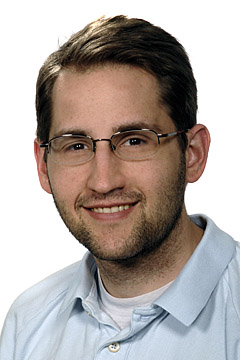Dissertation Title

Efficient Acquisition and Reconstruction of Cardiac MRI Using Under-Sampled Radial Trajectories, Temporally Constrained Reconstruction, and High Performance GPU Clusters
Location: HSEB 5100C
Date: May 30, 2012
Time: 3:00 pm
Supervisory Committee: Dennis Parker, Ph.D.; Paul Clayton, Ph.D.; Julio Facelli, Ph.D.; Gerald Treiman, M.D.; Brian Chapman, Ph.D.
Abstract
Cine phase contrast (PC) MRI is a useful imaging technique that allows for the quantitative measurement of in-vivo blood velocities over the cardiac cycle. Velocity information can be used to diagnose and learn more about the mechanisms of cardiovascular disease. Compared to other velocity measuring techniques PC MRI provides high resolution 2D and 3D spatial velocity information. Unfortunately, as with many other MRI techniques, PC MRI suffers from long acquisition times which places constraints on temporal and spatial resolution. This work outlines the use of temporally constrained reconstruction (TCR) of radial PC data in order to significantly reduce the acquisition time so that higher temporal and spatial resolutions can be achieved. A golden angle based acquisition scheme and a novel self-gating method were used in order to allow for flexible selection of temporal resolution and to ameliorate the difficulties associated with external ECG gating. Finally, image reconstruction times for TCR are significantly reduced by implementation on a high performance computer cluster. The TCR algorithm is executed in parallel across multiple GPUs achieving a near minute reconstruction time for a very large cardiac perfusion data set.
Bio
Jordan earned his BS in Bioinformatics at Brigham Young University in 2008. Before beginning work on his PhD at the University of Utah he worked as a professional software engineer, completing and leading several different projects. Jordan's research interests include MRI image reconstruction, cardiac imaging, and parallel computing with high performance clusters and graphics processing units. He is an avid Linux user and does most of his programming using vim/make.